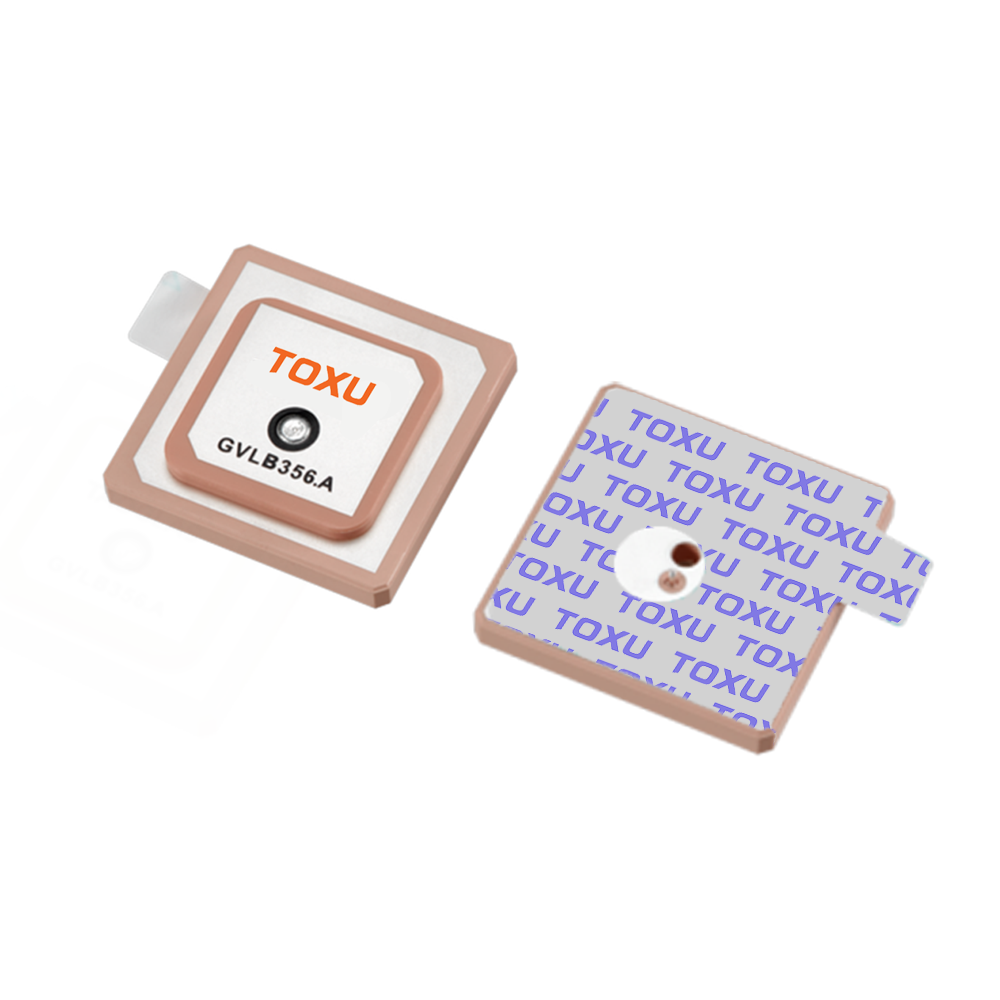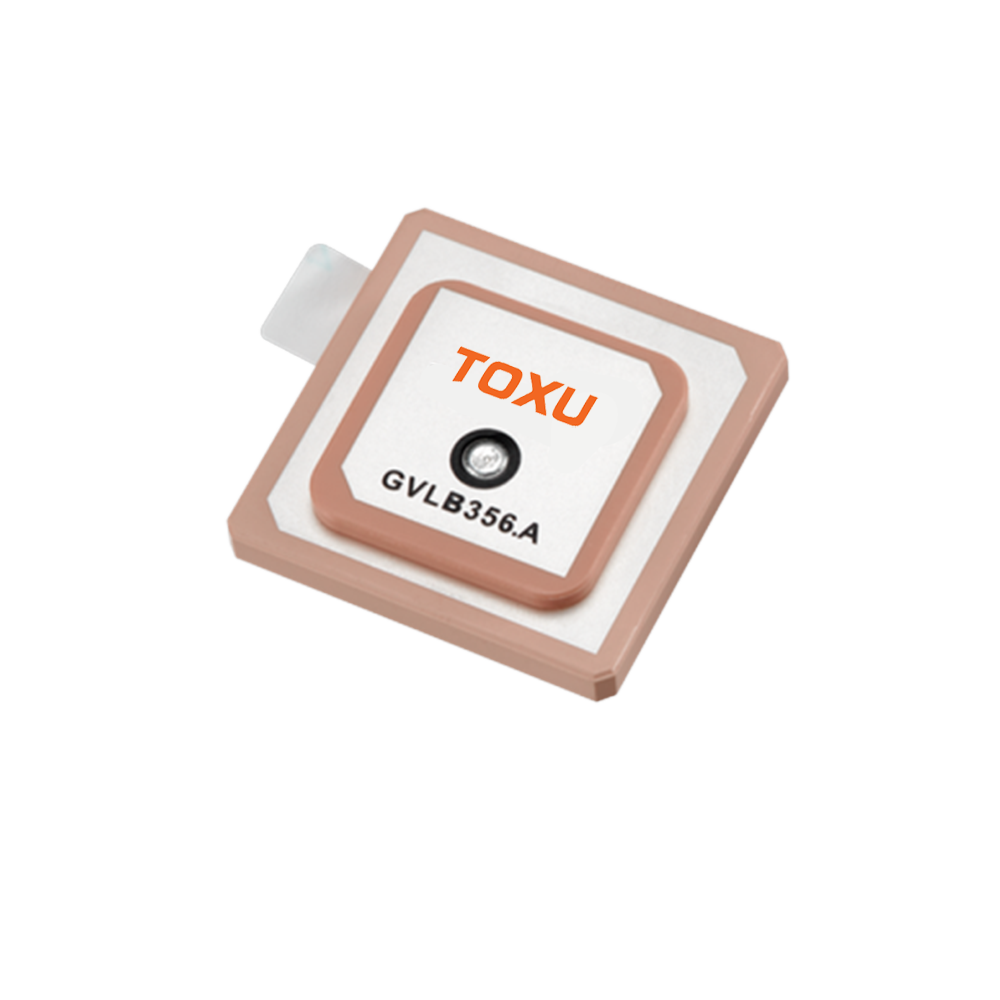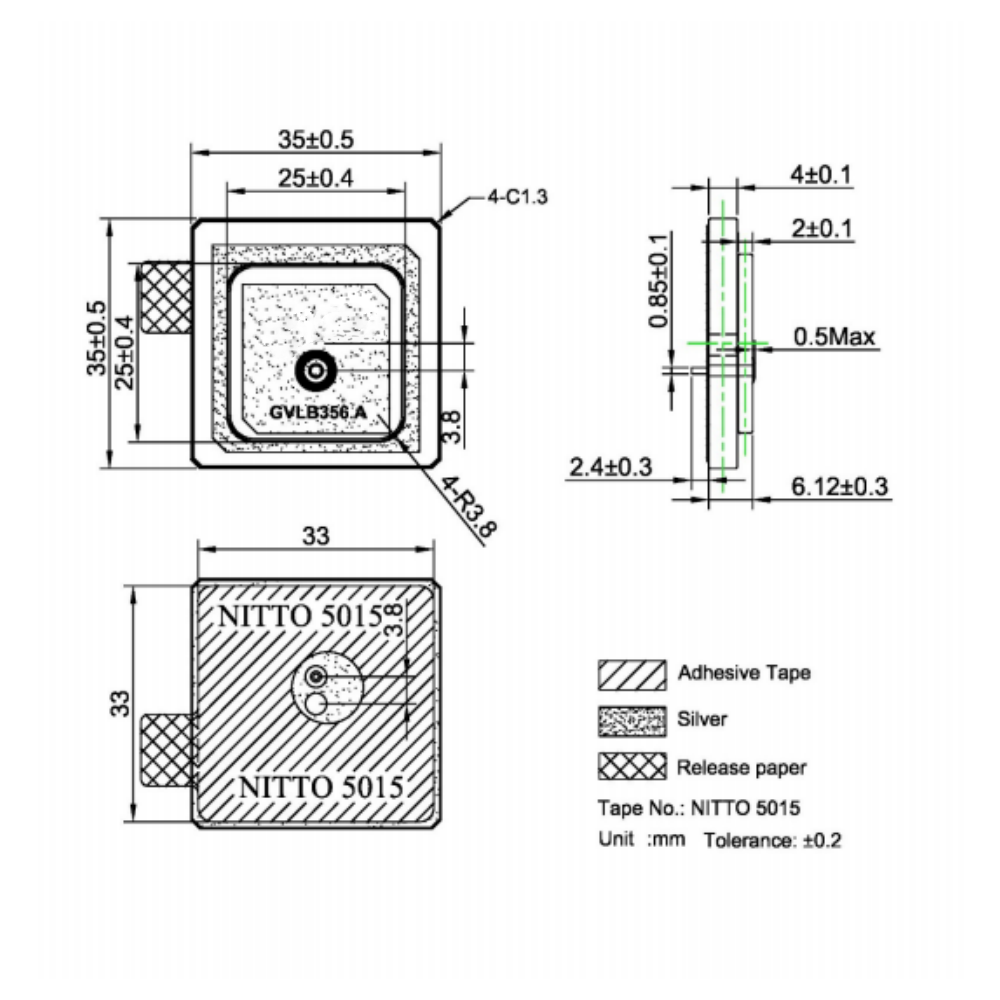5.1 Applications
5.1.1 Automotive Industry
In the automotive industry, IP65 - rated passive GNSS ceramic antennas are used in various applications. They are a key component in in - vehicle navigation systems, providing accurate position information for route guidance. The environmental resistance of these antennas makes them suitable for use in cars, trucks, and other vehicles, which may be exposed to different weather conditions. Additionally, in advanced driver - assistance systems (ADAS) and autonomous vehicles, precise GNSS positioning is crucial for functions such as lane - keeping assist, adaptive cruise control, and self - driving. The ability of these antennas to work with multiple constellations enhances the reliability and accuracy of positioning in complex driving environments.
5.1.2 Internet of Things (IoT)
IoT devices are becoming increasingly prevalent in various fields, including smart cities, agriculture, and environmental monitoring. IP65 - rated passive GNSS ceramic antennas are well - suited for IoT applications due to their small size and low power consumption. In outdoor IoT sensors, such as those used for monitoring air quality, traffic flow, or wildlife tracking, the antenna's ability to withstand harsh environmental conditions is essential. The antennas can provide location - based data, which is valuable for applications such as asset tracking and remote monitoring.
5.1.3 Precision Agriculture
Precision agriculture relies on accurate GNSS positioning to optimize farming practices. Passive GNSS ceramic antennas are used in agricultural machinery, such as tractors and harvesters, to enable precise guidance for tasks like plowing, seeding, and spraying. The multi - constellation compatibility of these antennas helps in achieving high - precision positioning even in open - field environments where satellite visibility may be affected by terrain or weather. The IP65 rating ensures that the antennas can operate reliably in dusty and wet agricultural settings.
5.1.4 Outdoor Recreation and Asset Tracking
For outdoor enthusiasts using handheld GNSS devices for hiking, camping, or geocaching, the IP65 - rated passive GNSS ceramic antennas offer durability and reliable positioning. These antennas are also used in asset tracking devices for outdoor equipment, such as construction machinery, shipping containers, and recreational vehicles. The ability to withstand environmental elements and provide accurate location information makes them ideal for tracking the whereabouts of valuable assets in outdoor environments.
5.2 Future Trends
5.2.1 Higher Precision and Accuracy
As the demand for more precise positioning increases, future IP65 - rated passive GNSS ceramic antennas are likely to focus on improving precision and accuracy. This may involve the development of new antenna designs and materials that can better capture and process GNSS signals. Advanced signal processing techniques may also be integrated into the antenna design to further enhance the accuracy of position determination. For example, the use of multi - band antennas that can simultaneously receive signals from different frequency bands within the GNSS spectrum may become more common, as this can improve the accuracy by reducing the effects of ionospheric and tropospheric delays.
5.2.2 Integration with Other Technologies
There will be a growing trend towards integrating passive GNSS ceramic antennas with other technologies. In the IoT context, antennas may be integrated with sensors, communication modules, and microcontrollers to create more compact and functional devices. For example, an antenna could be integrated with a wireless communication module to enable both positioning and data transfer in a single device. In the automotive industry, antennas may be integrated with other on - board sensors, such as radar and lidar, to provide a more comprehensive view of the vehicle's surroundings for advanced driver - assistance and autonomous driving systems.
5.2.3 Improved Environmental Adaptability
Future antennas are expected to have even better environmental adaptability. This may include developing materials and designs that can better withstand extreme temperatures, high humidity, and corrosive environments. For example, new ceramic materials may be developed that are more resistant to temperature variations, reducing the impact of temperature on the antenna's performance. Additionally, the design of the enclosure may be further optimized to provide better protection against environmental factors while still maintaining a compact size.
5.2.4 Miniaturization and Higher Efficiency
The trend towards miniaturization will continue, with future antennas being even smaller and more efficient. This will require advancements in manufacturing techniques and materials science. New manufacturing processes may allow for the creation of more complex antenna designs with smaller features, while still maintaining high performance. At the same time, efforts will be made to improve the efficiency of the antennas, reducing signal losses and improving the overall performance of the GNSS system.
Conclusion
IP65 - rated passive GNSS ceramic antennas have emerged as a significant component in modern navigation and positioning systems. Their unique combination of environmental resistance, miniaturization potential, passive operation, and multi - constellation compatibility makes them suitable for a wide range of applications across various industries.
The design and construction of these antennas, with their carefully selected ceramic substrates, radiating elements, feed networks, and protective enclosures, are optimized to capture and transfer GNSS signals efficiently. Their working principles, based on electromagnetic wave interaction and circular polarization, enable them to function effectively in different environments.
Despite facing challenges such as limited gain, sensitivity to environmental factors, and ground plane dependence, the advantages of these antennas far outweigh the drawbacks in many applications. Their use in the automotive, IoT, precision agriculture, and outdoor recreation sectors has already demonstrated their value.
Looking to the future, the development of IP65 - rated passive GNSS ceramic antennas is likely to focus on improving precision, integrating with other technologies, enhancing environmental adaptability, and further miniaturization and efficiency. As technology continues to advance, these antennas will play an increasingly important role in enabling accurate and reliable positioning in an ever - expanding range of applications.




































































 Language
Language
 En
En Cn
Cn Korean
Korean

 Home >
Home > 







 18665803017 (Macro)
18665803017 (Macro)













